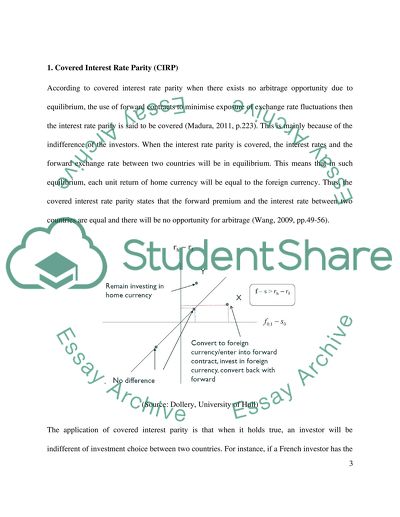Cite this document
(“Interest rates and exchange rates (the details will be shown in Assignment”, n.d.)
Retrieved from https://studentshare.org/finance-accounting/1483752-interest-rates-and-exchange-rates-the-details-will
Retrieved from https://studentshare.org/finance-accounting/1483752-interest-rates-and-exchange-rates-the-details-will
(Interest Rates and Exchange Rates (the Details Will Be Shown in Assignment)
https://studentshare.org/finance-accounting/1483752-interest-rates-and-exchange-rates-the-details-will.
https://studentshare.org/finance-accounting/1483752-interest-rates-and-exchange-rates-the-details-will.
“Interest Rates and Exchange Rates (the Details Will Be Shown in Assignment”, n.d. https://studentshare.org/finance-accounting/1483752-interest-rates-and-exchange-rates-the-details-will.


